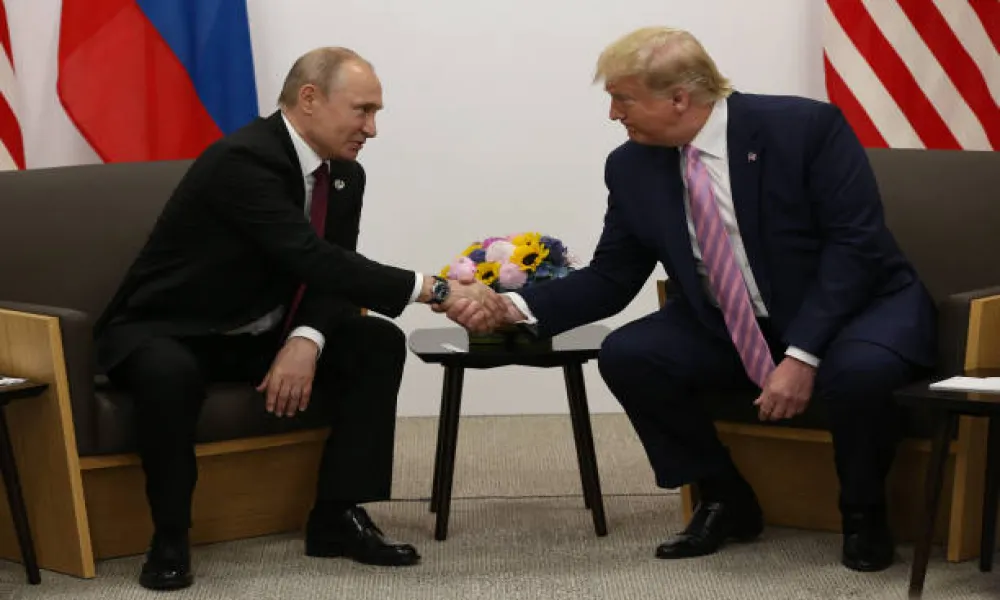Russia and the United States should build a “Putin–Trump” railway tunnel beneath the Bering Strait to physically connect the two countries, unlock joint resource development, and “symbolize unity,” a Kremlin envoy proposed on Thursday.
Kirill Dmitriev, President Vladimir Putin’s special envoy for investments and head of Russia’s sovereign fund, the Russian Direct Investment Fund (RDIF), outlined a Moscow-financed program of about $8 billion, with support from “international partners,” to complete a 112-kilometer rail and freight corridor in under eight years.
Dmitriev floated the idea hours after a call between Putin and U.S. President Donald Trump, during which the two agreed to meet in Budapest to explore ways to end the war in Ukraine, according to Russian readouts.
The pitch
Posting on X, Dmitriev said RDIF has reviewed prior proposals, including a U.S.-Canada-Russia-China railway concept, and would back the most viable option. He suggested construction by Elon Musk’s The Boring Company, arguing newer tunneling technology could cut “traditional” costs from more than $65 billion to under $8 billion. “Let’s build the future together,” he wrote, tagging Musk. As of now, neither Musk nor Trump has publicly responded.
Geography and precedent
At its narrowest, the Bering Strait is roughly 82 kilometers wide, separating Russia’s Chukotka region from Alaska. Schemes to bridge or tunnel the gap date back at least 150 years, from early 20th-century Siberia-Alaska rail visions (1904) to a Russian plan in 2007, but none has been realized.
Strategic context
Dmitriev has positioned the proposal within a broader push to “reset” U.S.-Russia ties, touting potential minority stakes for major U.S. energy firms in Russian Arctic projects. He casts the tunnel as both infrastructure and geopolitics: a 70-mile link between America and Afro-Eurasia that could carry freight and, potentially, passengers.
The concept remains a political and engineering long shot: it would require binational agreements, sanctions relief, financing in a high-risk environment, and complex Arctic construction. For now, it is a Kremlin-backed proposal seeking international partners, and attention.
Source: AMNA
